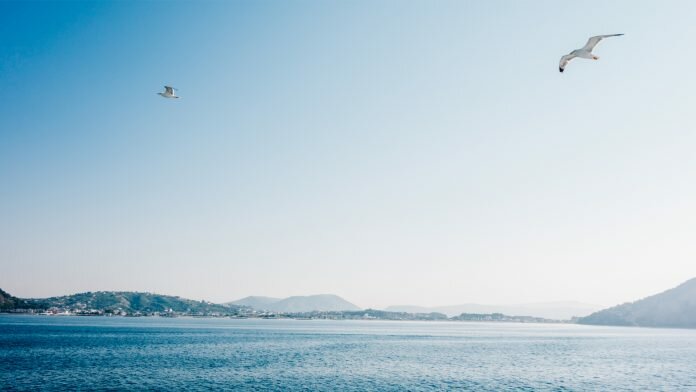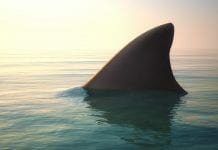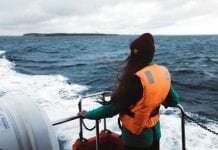
A Norwegian startup is working on development of a drone which can detect damage and disrepair in the tanks and storage spaces of ships.
Scout Drone Inspection, a Trondheim-based startup which devises and builds manually controlled drones for ship inspection, has begun testing a new drone which could carry out inspections autonomously. Inspections of ships’ maintenance status, which can be badly affected by the dual forces of seawater triggering rust and rough seas and poor weather exacerbating cracks and other damage, are currently typically carried out manually; with maintenance operatives using scaffolding and inflatable rafts to access at-risk areas.
As this practice can prove hazardous to workers, as well as being an expensive and slow process, the duty of conducting ship inspections has increasingly been delegated to drones; however, manually controlled drones must be piloted by highly qualified professionals and cannot always be accurately remotely controlled. The trial autonomous maritime inspection drones developed by Scout, operating out of Trondheim’s Faktry community for innovative startups, are designed to phase out the need for manual and remotely operated inspections by independently examining ships for damage using specially calibrated cameras and sensors.
Scout’s chief technical officer Kristian Klausen said: “This will provide better and safer collection of data at lower cost. Right now we’re focusing a lot on implementing software and our own electronics. We’re also using 3D printing extensively to adjust the mechanical design. The 3D printing enables us to draw, print and test new models within just a few hours. We’re flying several prototypes here at Faktry and have also started developing our cloud [data storage] solutions.”
Scout Drone Inspection originated at the Norwegian University of Science and Technology’s Autonomous Marine Operations and Systems (ATMOS) programme and now operates with public and private investment funding. It is working towards expanding its reach into the Asian maritime market.


















